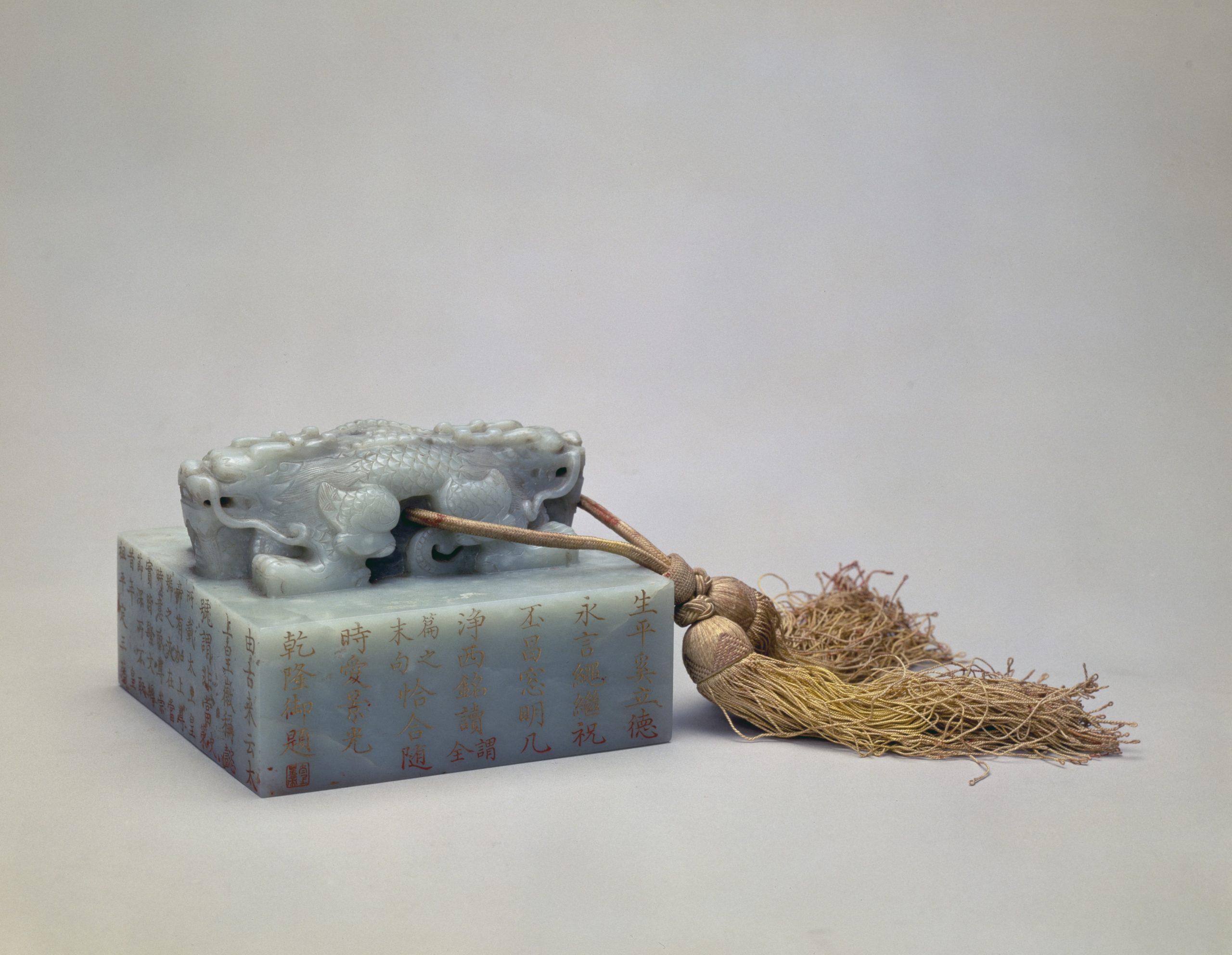Beijing shares priceless treasures, to celebrate the city’s 20th anniversary of its return to China
For the people of Hong Kong, one of the highlights of celebrating the 20th anniversary of the return to China is a chance to see rare artefacts from Beijing’s Palace Museum (PM) in their city.
The Hong Kong Heritage Museum and Hong Kong Museum of History are each hosting exhibitions, which began at the end of June and run until October, featuring a total of 440 items on loan from the PM.
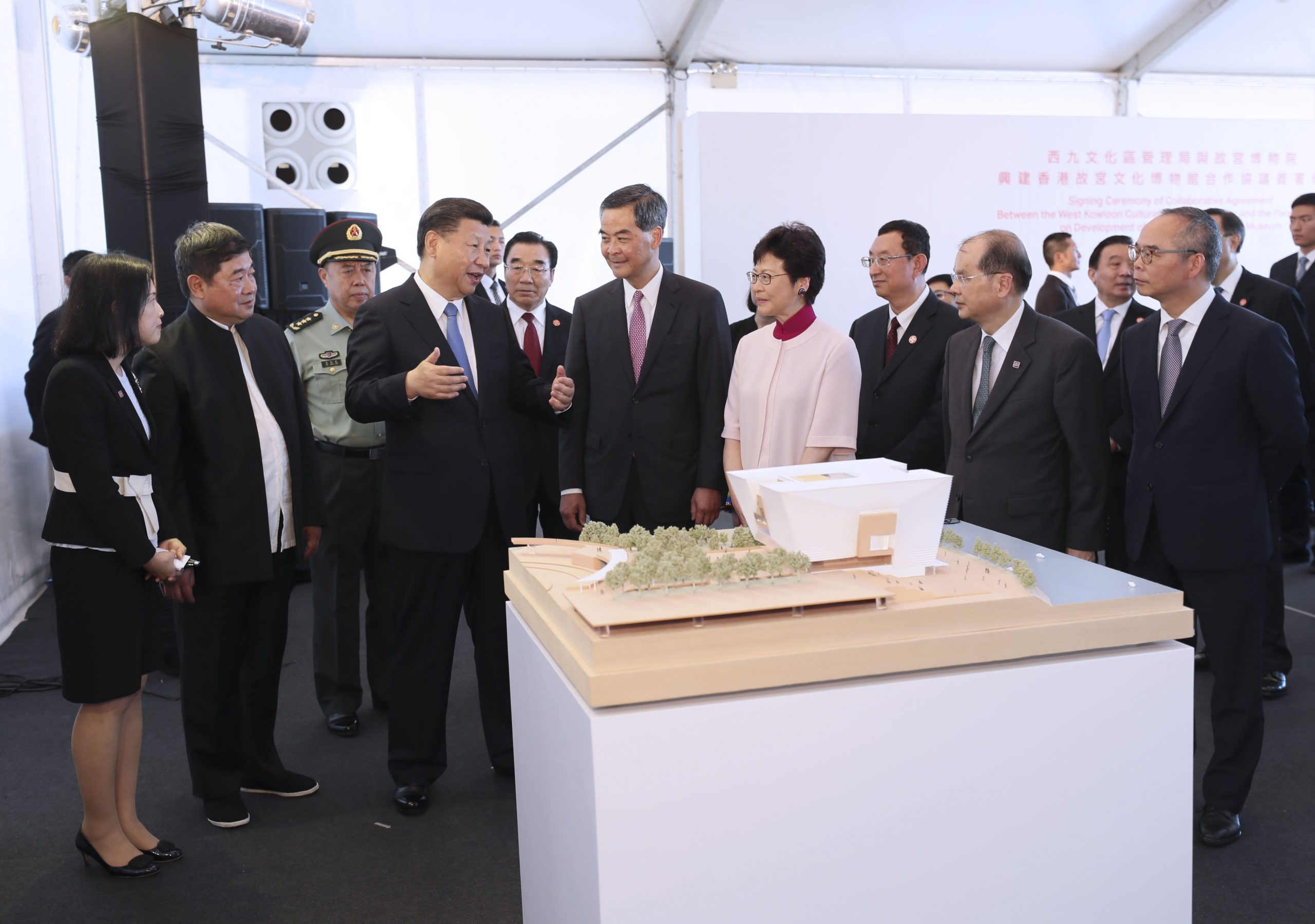
During President Xi Jinping’s visit for the anniversary celebrations, he oversaw an agreement to build a new Palace Museum in Hong Kong, the third after those in Beijing and Taipei. It will be built on a 10,000 square metres site in West Kowloon Cultural District, a planned arts and education hub located in the heart of Hong Kong. The building itself will be 35,000 square metres, with two exhibitions galleries, a 400‑seat lecture theatre, activity rooms, souvenir shops, and restaurants. Construction begins this year; it is scheduled to open in 2022.

At any given time, around 900 pieces or sets of artefacts on loan from the Beijing PM will be displayed in the new museum. The majority, at least 600 pieces, will be there as part of long‑term exhibitions, with the remaining items in temporary exhibitions.
The agreement of the project was signed between Chief Secretary Matthew Cheung Kin‑chung, chairman of the governing board of the hub, and Shan Jixiang, director of the PM.
The original Palace Museum opened its doors on 10th October 1925 in what had been the Forbidden City, home of the emperors of the Ming and Qing dynasties, in Beijing. Today, it is the most popular museum in the world, with a record 16 million visitors in 2016, up 6.2 per cent over 2015. It boasts a collection of 1.8 million pieces.
The second iteration, the Palace Museum in Taipei, ranks tenth in the world with 4.67 million visitors in 2016. It has nearly 700,000 pieces in its collection, most of which were taken from the PM to Taiwan by the Nationalist government in 1948 and 1949.
Both museums have only a fraction of their collections on public display, which led to the idea for a third museum in Hong Kong. The Hong Kong Jockey Club Charities Trust will cover the HK$3.5 billion (US$448 million) cost of design, construction, and exhibition development. They are also the sole funders for the Hong Kong Jockey Club Series, a partnership with the Leisure and Cultural Services Department that supports two to three major exhibitions each year. In 2017, the series brings a taste of the Palace Museum to Hong Kong in two exhibitions.
Heart of The Qing Dynasty
The Hong Kong Heritage Museum in Sha Tin presents Hall of Mental Cultivation of the Palace Museum: Imperial Residence of Eight Emperors, a collection of 230 sets of artefacts that are among the most well‑known and invaluable pieces related to the Qing emperors. This exhibition marks the first time these treasures have been displayed outside Beijing.
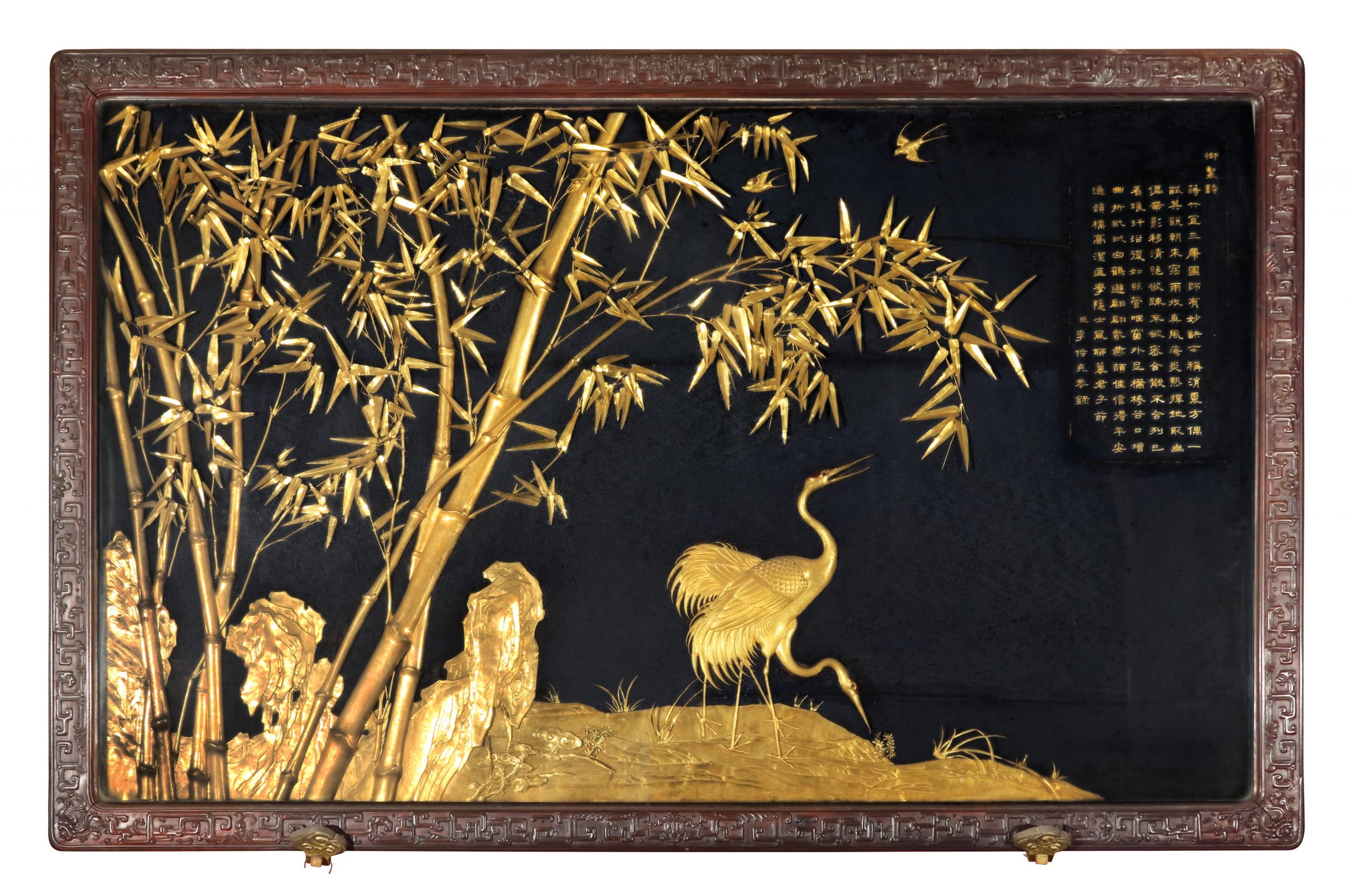

Built in 1537 within the Forbidden City during the Ming dynasty (1368‑1644), the Hall of Mental Cultivation served as the residence of the last eight emperors of the Qing dynasty (1644‑1911). The hall was also the political centre of the Qing dynasty, and today is one of the most visited places in the Palace Museum. The exhibit explores the political, historical, and cultural importance of the hall in the history of the dynasty.
Among the highlights are a pair of zitan hanging panels, with gilded cranes and rabbits in a bamboo grove; a gourd‑shaped wall vase with familie‑rose flowers and poem, with a gilded floral scroll pattern on a blue background; and the Gold Chalice of Eternal Stability, inlaid with precious gems.
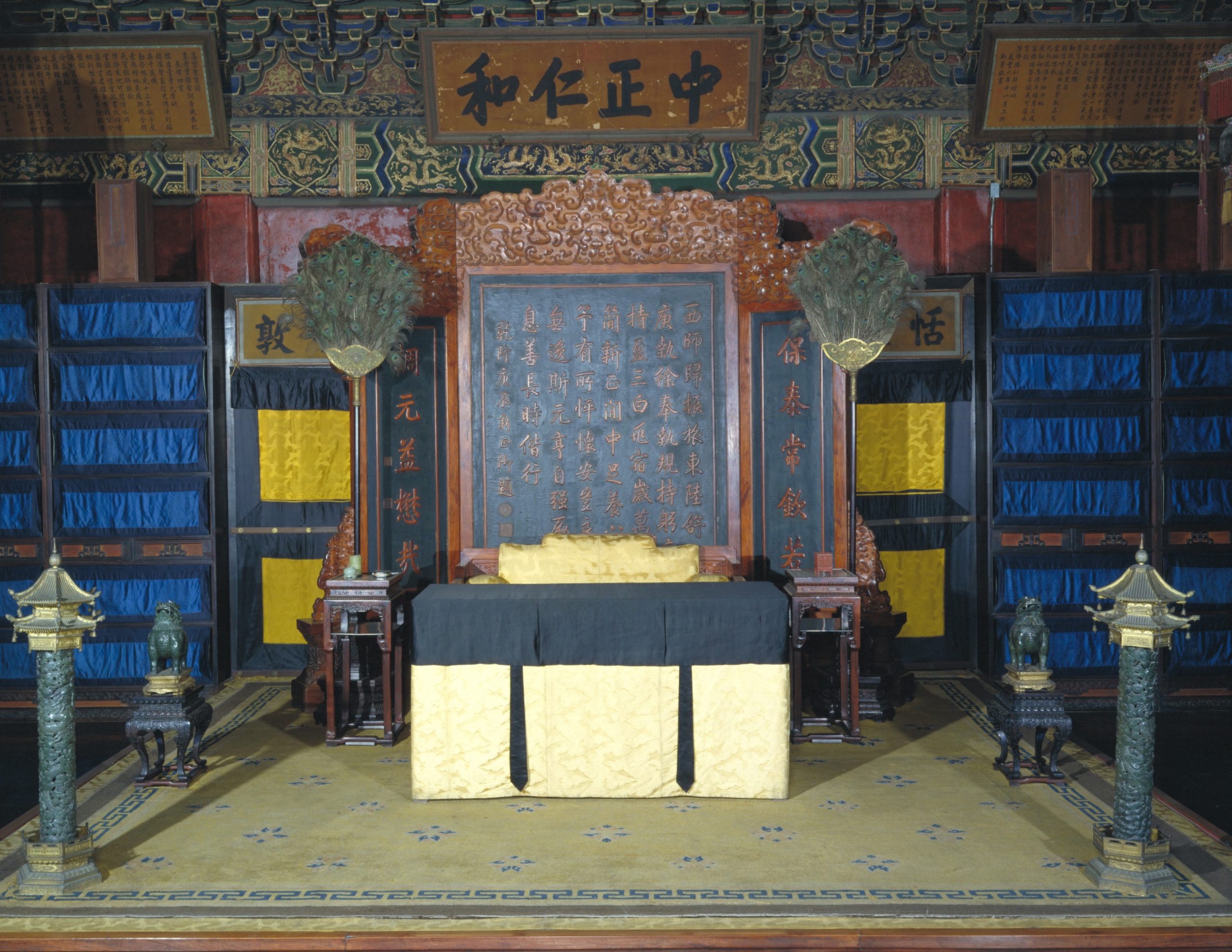

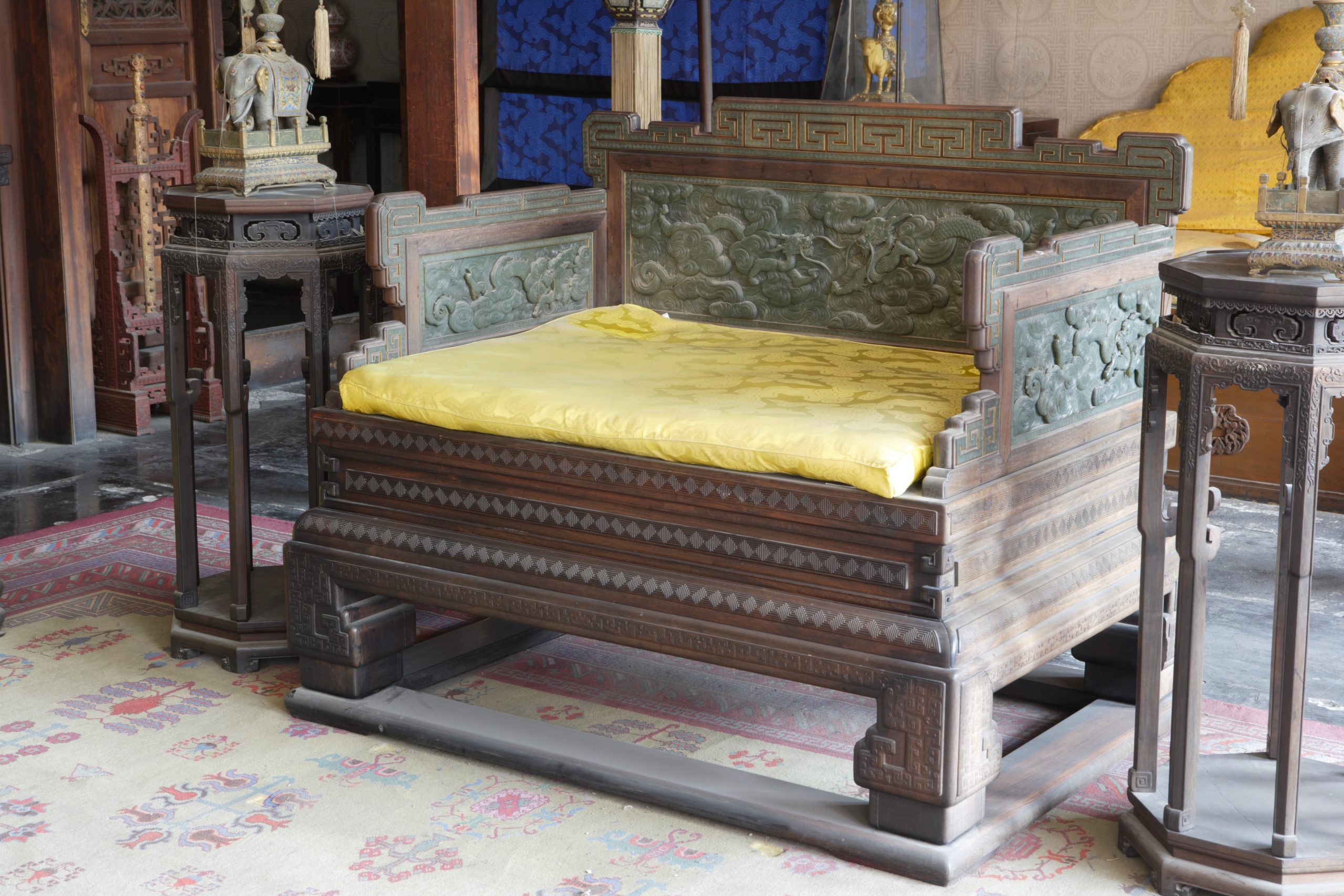

President Xi said that West Kowloon was more than an entertainment venue for the public. “It is a hub for fostering the development of the city’s cultural and creative industries,” he explains. “I hope that Hong Kong will continue to pursue cultural exchanges with the mainland
Celebrating Longevity
The Hong Kong Museum of History offers a different perspective on palace life with an exhibition entitled Longevity and Virtues: Birthday Celebrations of the Qing Emperors and Empress Dowager, exploring the major celebrations and rituals of the Qing dynasty through a set of 210 relics.
The Qing court attached great importance to the birthday celebrations, reflecting the belief that the emperor’s longevity was a testimony of his great virtue and effective rule. The Emperor’s Birthday, New Year’s Day, and Winter Solstice were the three most important festivals in the Qing palace. The grand celebration of Emperor Kangxi’s 60th birthday in 1714 set a new precedent. The subsequent birthdays of Empress Dowager Chongqing, Emperors Qianlong and Jiaqing, and Empress Dowager Cixi were celebrated with considerable pomp.
For each birthday, all princes and their children, peers, ministers, and foreign envoys would present birthday gifts or tributes. The route, stretching tens of kilometres between the imperial garden in the Western Suburbs and the Forbidden City, was richly decorated with lanterns and other items. Many temporary stages were erected to perform operas celebrating the ruler, and across the country, old people, men and women, would be honoured. All part of an effort to bring a festive spirit to the whole nation.
President Xi said that West Kowloon was more than an entertainment venue for the public. “It is a hub for fostering the development of the city’s cultural and creative industries,” he explains. “I hope that Hong Kong will continue to pursue cultural exchanges with the mainland
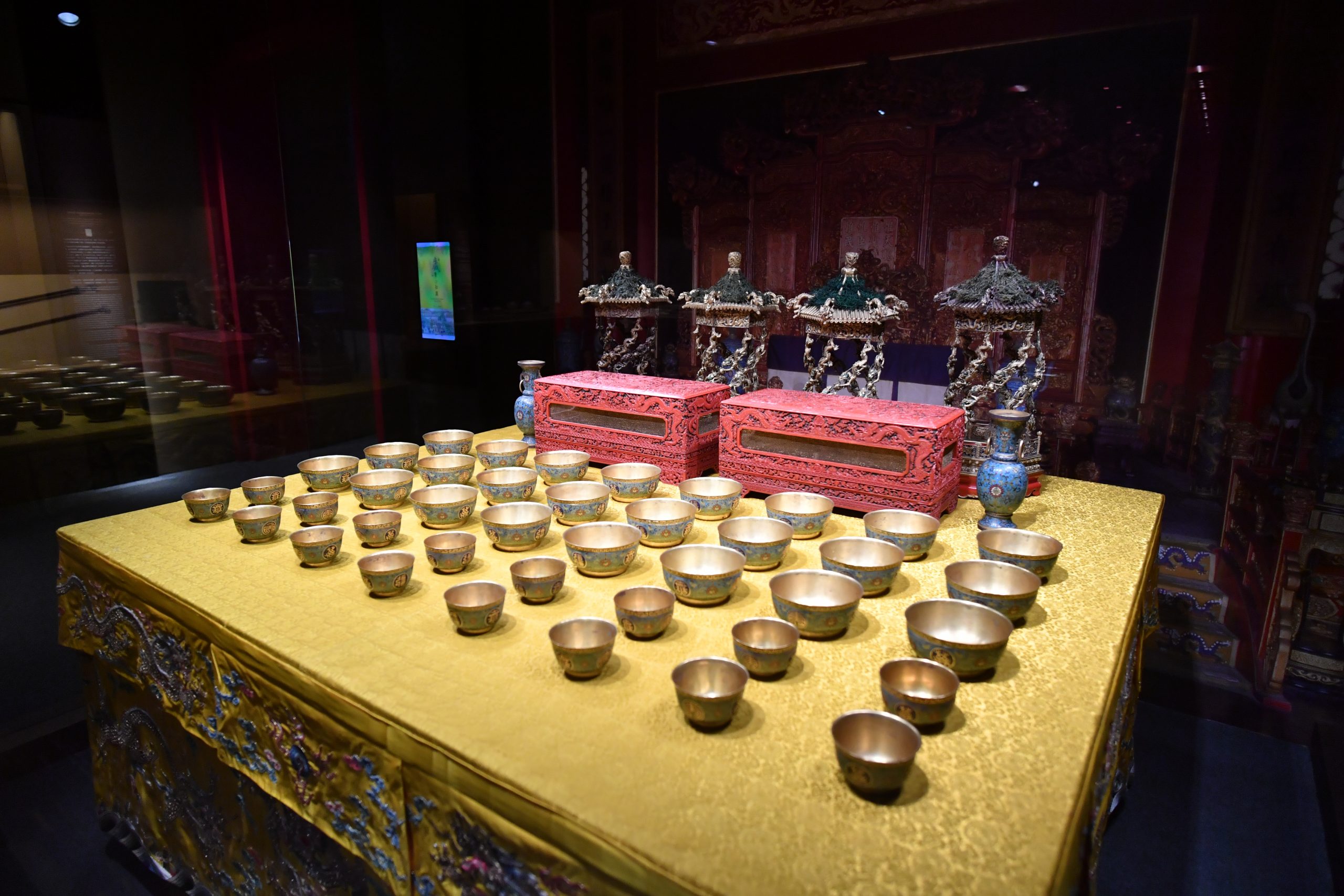
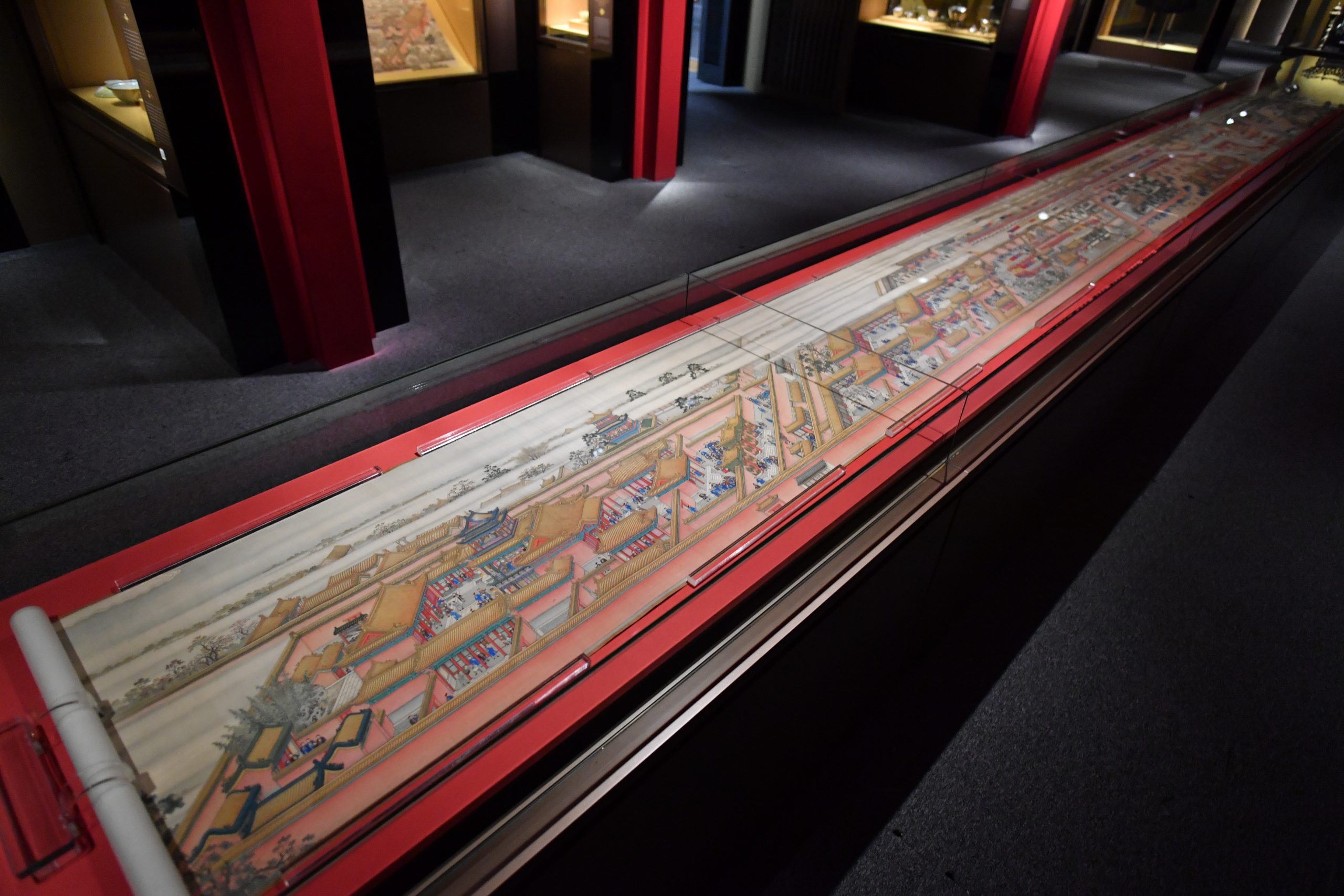
According to Shan Jixiang, director of the Palace Museum, family and state were inseparable in ancient China. “The emperor saw himself as sovereign and patriarch of his family‑state, and obliged to preside over many rituals and ceremonies,” he explains. “The Palace Museum has a plethora of items from these events. The celebrations drove the handicraft industry to a state of perfection throughout the nation.”
A painting in the exhibition shows representatives of foreign countries and China’s tributary states queuing up in front of the palace to present their gifts. A dazzling array of such gifts—porcelain, lacquerware, jade sceptres, woven tapestry, poetry, Buddhist sutras, clothing and accessories of the court ladies—are included in the exhibition. The diversity and high quality of workmanship reflect China’s position as the world’s richest and most technologically advanced country during the early years of the Qing dynasty, before the Industrial Revolution enabled Europe, and later the United States, to overtake it.
There is also a gilt copper clock manufactured in the 18th century. The piece was a Sino‑British joint venture, with the frame and mechanics made by a British watchmaker and the traditional longevity elements added by craftsmen of the Qing place. Emperor Qianlong gave clocks like this one to his mother, Empress Dowager Chongqing, to mark her 60th and 70th birthdays.
In 1751, Empress Dowager Chongqing received four scrolls, 25–29 metres long, which show the celebrations of her birthday. One is on display, featuring detailed paintings of court life and traditional opera performances.
The Manchu rulers of the Qing dynasty used the birthday traditions of the Han Chinese with their longevity symbols, according to Hong Kong Museum of History Director Belinda Wong. Some examples from the exhibit include a plaque embroidered with the four characters wanshou wujiang, or boundless longevity; a lined, dark blue satin surcoat embroidered with four gold dragon roundels with multi‑coloured longevity motifs; and a large blue and white vase decorated with 10,000 “longevity” characters. Even the name given to celebration of the emperor’s birthday during the Qing dynasty, wanshoujie, translates as “festival of 10,000‑year longevity”.
Wong added that Longevity and Virtues marks the first collaboration between her museum and the PM.
Cultural Development
Hong Kong will celebrate the completion of its own Palace Museum in 2022; it is currently under construction in the West Kowloon Cultural District.
In December 2016, then Chief Secretary Carrie Lam announced the deal to build the museum following a visit to Beijing. The news took people in Hong Kong by surprise; there had been no previous information about such a project, and many criticised the lack of public consultation. Lam, now chief secretary of Hong Kong, contended that she did not need legislative approval for the project since the Jockey Club would be providing all of the funding.
However, an eight‑week public consultation process was launched in January 2017. It found a slim majority, 52 per cent, supported the project, while the remaining 48 per cent opposed it or had no opinion.
In his comments at the signing ceremony, President Xi said that West Kowloon was more than an entertainment venue for the public. “It is a hub for fostering the development of the city’s cultural and creative industries,” he explains. “I hope that Hong Kong will continue to pursue cultural exchanges with the mainland.”
West Kowloon will consist of 17 art and cultural buildings, including the PM branch and the Xiqu Centre for traditional opera, as well as outdoor venues and public green space.
“The West Kowloon Cultural District has been an important project through several terms of the Hong Kong Special Administrative Region’s government,” says Xi. “It will provide a cultural and entertainment platform to benefit local people, while boosting Hong Kong’s cultural and creative industry. It will also enrich the culture of Hong Kong as an international metropolis and enhance its charm as a combination of Eastern and Western culture.”
